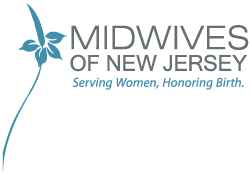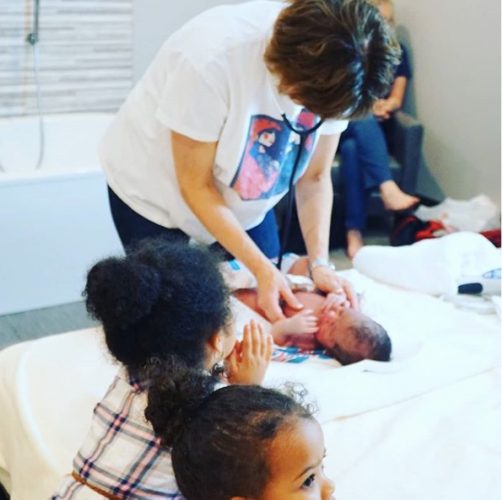How Does Out-Of-Hospital Birth Decrease Risk of Cesarean Section?
1. Safe, private and unobserved
Sarah Buckley has said that a woman needs to feel safe, private and unobserved to deliver vaginally without intervention. Our Birthing Center naturally allows for these things. For the most part, a women will be the only laboring person in the birth center. The atmosphere is quiet and peaceful, a woman can even go outside and walk around.
2. No medical equipment
The birth center has medical equipment, but it is stored away and only taken out if and when needed. Beeping machines, routine bloodwork and Intravenous catheters and hospital beds are scary to many women and overall prevent them from behaving instinctively in labor. The lack of medical equipment in the birth center reinforces the couple’s belief that birth is normal.
3. Familiar faces
The birth center will have only the people directly involved in the mother’s care in the room. This would be the Midwife or Midwives, the nurse and our Midwife Assistant. Friendly, familiar faces are conducive to the progress of labor.
4. Water therapy very available
Easy access to the shower and pool makes labor pain tolerable and helps the laboring woman access her hind brain. Keeping a woman in her “zone” is the best way to facilitate a physiologic birth.
5. Monitoring Mom and Baby before and after labor
There is no fetal monitor in the birth center because continuous fetal monitoring has never been shown to improve birth outcomes in low-risk women. In fact, continuous monitoring increases the risk for cesarean birth. The baby is safely monitored by intermittent auscultation of its heart rate every 15-30 minutes in active labor and every 5 minutes in the 2nd stage. After the birth, the baby is assigned an Apgar score at 1 and 5 minutes of age. The respiratory rate, heart rate, temperature, color, feeding and behavior are monitored every 30 minutes while the baby is in the birth center.
The mother has her vital signs and labor progress assessed on arrival to the birth center and then on a regular interval until the baby is born. After the birth, the Midwife and Nurse will monitor the mother’s bleeding, vital signs and intake and output at least every 30 minutes until discharge.
After discharge to home, the partner will document the baby’s temperature, intake and output and respiratory rate and the mother’s bleeding, intake and output every 4 hours until the home visit. The Midwives or their nurses see the client and her baby after the baby is 24 hours old to check in on Mom and Baby and do the state mandated Metabolic screening test and the Oxygen saturation test.








 How Safe is Waterbirth?
How Safe is Waterbirth?
